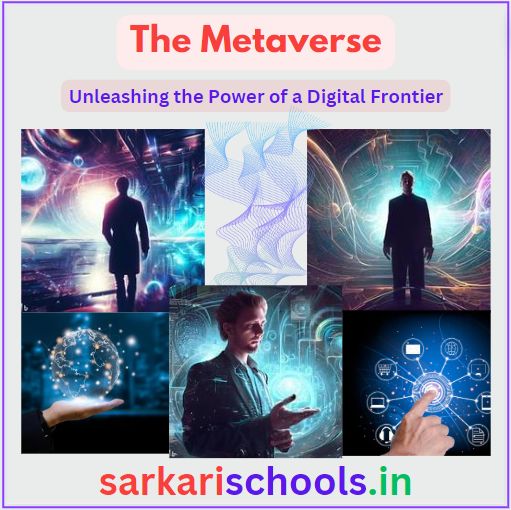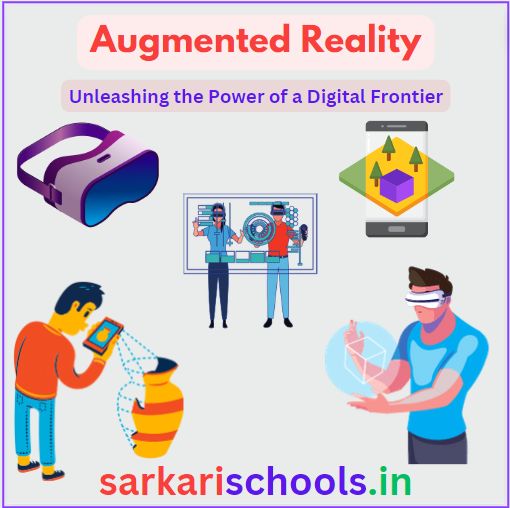What is Deepfake Technology AI: Explore the world of Deepfake Technology – its creation process, applications, and the ethical concerns surrounding its use. Learn how this AI-driven manipulation of media is shaping our digital age.
Table of Contents

What is Deepfake Technology AI: Manipulating Reality in a Digital Age
Introduction: Deepfake technology has rapidly evolved, offering both creative opportunities and ethical challenges. In this comprehensive article, we delve into the world of deepfakes, exploring their definition, creation process, applications, and the ethical implications surrounding their use.
What is deep fake technology
I. Understanding Deepfake Technology
1.1 What are Deepfakes? Deepfakes are AI-generated media, often involving video and audio, that convincingly manipulate content to make it appear as though individuals are saying or doing things they never did.
1.2 The Origins of Deepfakes Deepfake technology emerged from advancements in artificial intelligence, particularly in deep learning and neural networks.
II. How Deepfakes are Created
2.1 Data Collection Creating a deepfake requires a vast dataset of images, audio, or video clips of the target individual.
2.2 Training the AI Model A deep learning model, like a Generative Adversarial Network (GAN), is trained on the dataset to understand and mimic the target’s facial expressions, voice, and movements.
2.3 Synthesis of Content The AI synthesizes new content by combining the target’s features with desired actions or words.
III. Applications of Deepfake Technology
3.1 Entertainment and Creative Use Deepfakes have been used for entertainment purposes, such as placing famous actors in iconic movie scenes they never actually participated in.
3.2 Digital Art and Animation Artists have explored deepfakes to create unique animations and digital art pieces.
3.3 Dubbing and Voice Acting Deepfake technology can be employed for dubbing foreign films, allowing actors’ voices to be replaced with more familiar ones.
3.4 Political and Social Commentary Some creators leverage deepfakes to make satirical or critical commentary on political figures and events.
IV. Ethical and Societal Concerns
4.1 Misinformation and Disinformation Deepfakes can spread false narratives, influencing public opinion and causing harm by misrepresenting facts.
4.2 Privacy Invasion The technology can be used to create non-consensual explicit content featuring individuals, leading to privacy breaches and potential blackmail.
4.3 Identity Theft Criminals can use deepfakes to impersonate people for fraudulent purposes, like identity theft.
4.4 Distrust and Erosion of Reality As deepfakes become more sophisticated, people may question the authenticity of all media, contributing to a broader erosion of trust in information sources.
V. Deepfake Detection and Countermeasures
5.1 Digital Forensics Advanced digital forensics tools and techniques are developed to identify deepfake content, looking for inconsistencies and artifacts in the media.
5.2 Legislation and Regulations Many countries are considering or implementing laws and regulations aimed at curbing the misuse of deepfake technology.
5.3 Public Awareness and Media Literacy Education and awareness campaigns are essential to help the public recognize and critically assess deepfake content.
VI. Future Developments and Challenges
6.1 Advancements in AI Continual improvements in AI will make deepfake technology more accessible, posing greater challenges for detection and control.
6.2 Realistic Rendering The quest for hyper-realistic deepfakes may blur the line between fact and fiction, further complicating the ethical landscape.
6.3 Counter-Deepfake Technologies The development of counter-technologies to detect and combat deepfakes will remain a critical area of research.
Deepfake Videos: A Double-Edged Sword
Deepfake videos are synthetic media in which a person in an existing image or video is replaced with someone else’s likeness. While the technology is still in its early stages, it has the potential to revolutionize the way we consume and create content.
Pros of Deepfake Videos
- Creative Expression: Deepfake videos can be used to create highly realistic and immersive experiences. This can be a powerful tool for filmmakers, artists, and educators.
- Accessibility: Deepfake videos can be used to make content more accessible to people with disabilities. For example, a deaf person could use deepfake technology to add sign language to a video.
- Education: Deepfake videos can be used to create more engaging and interactive educational experiences. For example, a student could use deepfake technology to create a virtual reality simulation of a historical event.
- Personalization: Deepfake videos can be used to personalize content for individual users. For example, a company could use deepfake technology to create a personalized marketing video for a customer.
Cons of Deepfake Videos
- Misinformation and Disinformation: Deepfake videos can be used to create and spread misinformation and disinformation. This could have a significant impact on public discourse and trust in institutions.
- Reputational Harm: Deepfake videos can be used to damage someone’s reputation. For example, a deepfake video could be created that makes it appear as if someone said something they did not say.
- Privacy Concerns: Deepfake videos raise a number of privacy concerns. For example, it is possible to create a deepfake video of someone without their consent.
- Unintended Consequences: Deepfake videos can have unintended consequences. For example, a deepfake video could be used to incite violence or hatred.
Bad Example of Deepfake is Rashmika Mandanna’s viral deepfake video
Overall, deepfake videos are a powerful technology with the potential to both benefit and harm society. It is important to be aware of the potential risks and benefits of this technology before using it.
Conclusion: Deepfake technology is a double-edged sword, offering opportunities for creativity and expression while posing significant ethical concerns. As this technology evolves, it is crucial to strike a balance between innovation and safeguarding against misuse. Society, with the help of technology, legislation, and awareness, must navigate the challenges presented by deepfakes to protect privacy, security, and the integrity of information.
Please subscribe to the “Sarkari Schools” YouTube channel for quality educational content. Additionally, visit “intramath.in” for valuable math resources. Your support can make a big difference in spreading knowledge and improving education. Thank you!



